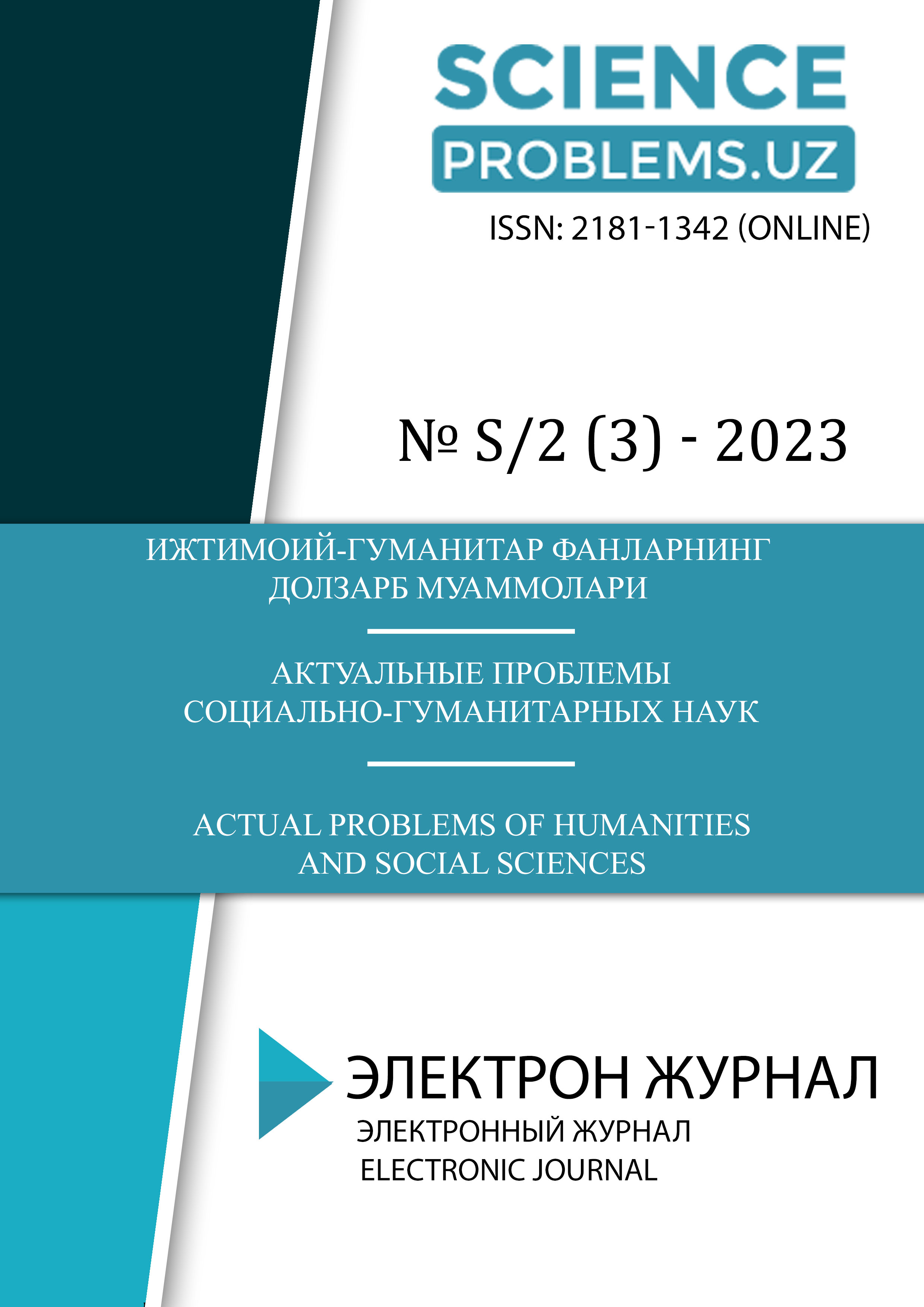LEXICAL UNITS OF THE SEMANTIC FIELD “MURDER”
DOI:
https://doi.org/10.47390/B1342V3SI2Y2023N37Keywords:
core element, semantic field, peripheral element, synonymy, antonymy, heterogeneity, lexeme, distinctive sign, integral sign, microfield, component, central element.Abstract
The article discusses the structural linguistics and its crucial methods which are implemented in scientific research. The field theory is considered as one of the effective methods to analyze the structural and semantic peculiarities of the language. The structure of the microfield of "murder" in the English language and the semantic features of its constituents are scrutinized in this article. Also, the synonymic, antonymic, hyper-hyponymic and graduonymic relations of the lexical units connected to this field within the field were analyzed based on the views of the field theory. In particular, the article reflects the results of research on the methodical use of lexical units included in the microfield of "murder". The author deeply analyzed the general and specific semantic features of these components.
References
Battig W, Montague W. Category norms for verbal items in fifty-six categories. Boulder, University of Colorado, 1968.
Berlin B., Kay P. Basic color terms. Berkeley, University of California Press, 1970. – P. 102.
Haider E. On the internal structure of perceptual and semantic categories. New York Academic Press, 1971.
Lehrer A. Semantic fields and lexical structure. – North-Holland Publishing company, 1974. – P. 10.
Macmillan English Dictionary. – Macmillan Publishers, 2007. – P. 918.
Mei, Jiaju., Semantic field and semantic system, 1987. Foreign languages, 49, –P 18-23.
Watson, R., Blackmore A. Criminal law. North Ryde, NSW: Information services, 1996. – P. 841-2.








